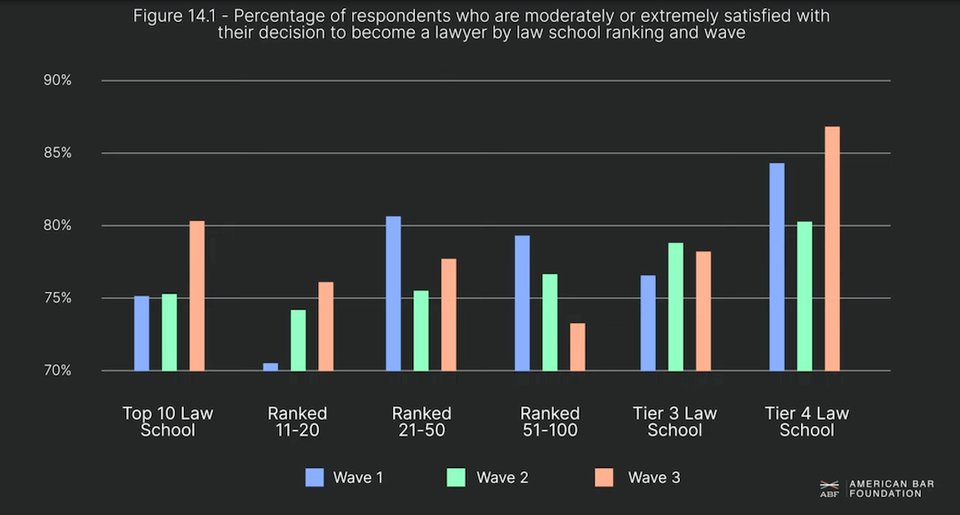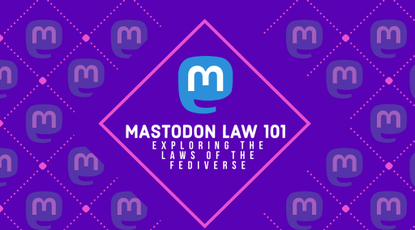The Harvard Law School Center on the Legal Profession’s The Practice magazine dedicated its latest issue to introducing and dissecting the groundbreaking book “The Making of Lawyers’ Careers: Inequality and Opportunity in the American Legal Profession.” This book, published in 2023, is based on the After the JD Project, which offers critical insights into the structuring of lawyers' careers, strategies for navigating these careers, and the pervasive inequalities that shape the professional journeys of legal practitioners in the United States.
After the JD Project
The book is a comprehensive research project that looks into the career trajectories of lawyers, exploring how they navigate the intricate systems and hierarchies within the legal profession. Authored by Robert L. Nelson, Ronit Dinovitzer, Bryant G. Garth, Joyce S. Sterling, David B. Wilkins, Meghan Dawe, and Ethan Michelson, along with contributions from other scholars, this work builds on over two decades of research from the After the JD (AJD) Project.
Managed by the American Bar Foundation, the AJD project has tracked the careers of a nationally representative sample of more than 5,000 lawyers who started practicing in 2000 throughout three stages of their career:
-
Wave 1 – surveyed in 2002, when the respondents were 2-3 years out of law school
-
Wave 2 – surveyed in 2007, when they were 5-6 years out
-
Wave 3 – surveyed in 2012, when they were more than a decade into their careers
The data spans their experiences from their early careers through significant milestones, including the expansion of entry-level opportunities for women and minorities and the continued dominance of white men at the highest levels of the profession.
The book challenges established myths about the legal profession, questioning the notion that it is a pure meritocracy where only skill and talent lead to success, and the perception that lawyers' lives are generally unsatisfactory.
AJD Project Findings
-
Career Pathways and Firm Types: The research reveals that over 50% of graduates from top-ranked law schools begin their careers at large firms. In contrast, graduates from lower-tier law schools are more likely to start their careers in solo or small firms, state government, or business roles.
-
Overall Job Satisfaction: Despite these challenges, 78% of respondents reported being moderately or extremely satisfied with their decision to pursue a legal career.
-
Perceptions of Bias: The study highlights significant differences in the perceptions of workplace bias. Attorneys of color, white women, and LGBTQ+ lawyers report higher levels of perceived bias compared to their white male counterparts and respondents from other workplace studies.
-
Gender Wage Gap and "Fatherhood Bonus": The research identifies a persistent gender wage gap throughout lawyers' careers, even in the early years post-graduation. Additionally, a "fatherhood bonus" is observed, where men with children earn significantly more than their childless counterparts, as well as more than women with or without children.
-
Disparities in Partnership Opportunities: Initially, White and African American lawyers have similar chances of becoming equity partners within the first six years of their careers. However, disparities widen later on, with White lawyers having a greater likelihood of making equity partner and African American lawyers being more likely to leave their firms. While White lawyers make up 71% of the survey sample, they represent 80% of all equity partners.
-
Student Debt and Racial Disparities: The burden of student debt is particularly severe for African American lawyers. By 12 years after graduation, only 28% of African American lawyers had paid off their debt, compared to 40% of lawyers from other racial groups.
What Structures Influence Lawyers' Careers
In the article “Structuring Lawyers’ Careers,” The Practice magazine interviews book co-author Robert Nelson about how the legal profession's organizational frameworks influence career trajectories. The book emphasizes that lawyers' careers are profoundly shaped by the environments in which they work, ranging from large law firms to solo practices and public interest organizations. These environments dictate not only the opportunities available to lawyers but also the challenges they face.
Key Considerations:
-
Organizational Influence: The structure and culture of legal organizations play a crucial role in shaping career outcomes. Large law firms, for instance, offer extensive training and networking opportunities but also impose high demands that can lead to burnout and attrition.
-
Career Pathways: Different legal settings provide distinct career pathways. Corporate law often leads to partnership tracks, while public interest law might offer more flexible but less financially rewarding career options.
-
Mentorship and Support: Access to mentorship and professional support systems is critical for career development. Lawyers in larger firms typically have more structured mentorship programs, whereas those in smaller settings might rely on informal networks.
The article stresses that understanding these structural elements is essential for young lawyers as they navigate their career choices and for legal educators and policymakers aiming to create more equitable career opportunities.
Strategies for Career Development
The Practice magazine also discusses the strategies lawyers employ to navigate their careers successfully, highlighting the importance of proactive career management and the various tactics lawyers use to advance their professional lives.
Meticulous career planning, networking and specialization are a few critical strategies deployed for career advancement. However, the magazine cites case studies from the book that highlight the different career trajectories law graduates may have based on race, gender, personal situations and events, emphasizing the need for flexibility in career development. “If you learn also that these are the paths that you’re preprogrammed to take, you also learn that you can reject them. You don’t have to be pushed by the winds that are blowing everybody else,” co-author Bryant Garth told the magazine.
The magazine emphasizes that these strategies are vital in a competitive and often unpredictable legal market. Lawyers who are strategic about their career moves are better positioned to achieve their professional goals and adapt to changing circumstances.
Inequality Still a Major Issue
Perhaps the most significant aspect highlighted by The Practice is the issue of inequality within the legal profession. The book examines in detail how various forms of inequality—such as those based on race, gender, and socioeconomic status—affect lawyers' career outcomes.
Despite an increased commitment to diversity in recruitment and training, law firms remain overwhelmingly “White spaces,” the authors write. “Even when they do recruit minority lawyers for entry-level associate positions, law firms systematically deny them the opportunities and resources to stay and succeed.”
The slow pace of diversity policy implementation has also been noted by the recent Law Department Management Benchmarking Report, from the Association of Corporate Counsel and the legal recruiting firm Major Lindsey & Africa, which found that only 32% of legal departments are tracking internal diversity metrics, compared with 28% in 2023 and 29% in 2022, and only 22% track diversity metrics for their outside counsel.
Significant Gap in Equity Partnership
The Practice underlines that while 75% of AJD respondents worked in a law firm during the first 13 years of their career, a noticeable gap in equity partnership starts to form later. “Between 2000 and 2006, the gap in equity partnership between African Americans and Whites was consistently small (as were rates of making partner for all respondents),” they explain. The situation becomes exacerbated later on, as the gap doubled in 2007 and continued to widen from 3% in 2007 to 11% in 2012. “An exodus of African Americans from law firms coincided with a rapid increase in Whites making equity partner.”
Women in law face a similar bias, whether they have children and families or not. In a culture of hegemonic masculinity, “women’s careers are disadvantaged because they work within a gendered social order that is deeply embedded in organizational structures and legitimates unequal gender relations,” the authors write.
Why These Findings Matter
The findings highlighted by The Practice are highly relevant in today’s context, offering a comprehensive look at the factors shaping lawyers' careers and the inequalities that persist within the legal profession.
By understanding these dynamics, legal professionals, educators, and policymakers can work towards creating a more equitable and supportive environment for all lawyers. This, in turn, will benefit the legal profession as a whole, fostering a more diverse, innovative, and effective legal workforce.










